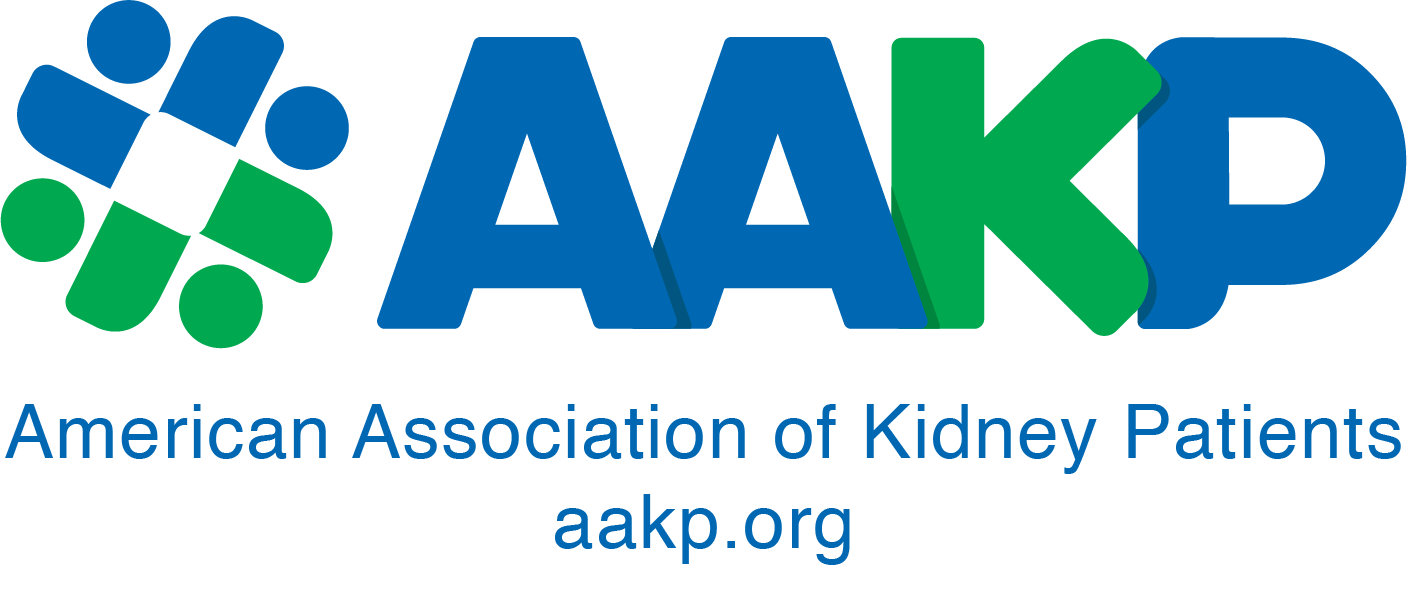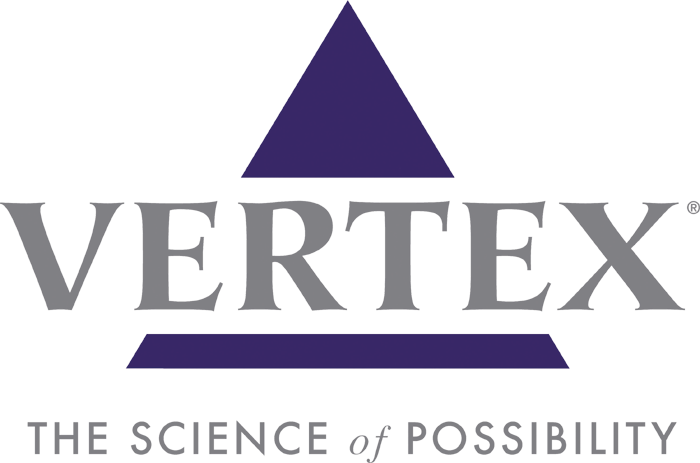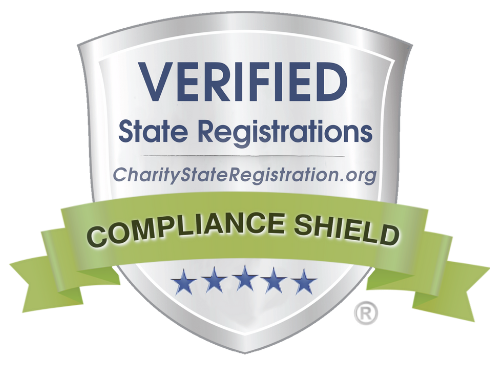Dear Ms. Tavenner:
The Alliance for Home Dialysis appreciates the opportunity to provide comments to the Centers for Medicare and Medicaid Services (CMS) in advance of the forthcoming Proposed Rule that updates and revises Payment Policies under the Physician Fee Schedule for calendar year (CY)2015. Specifically, we encourage the Agency to rectify a discrepancy in the way nephrologists are reimbursed through Part B for the care of home and in-center beneficiaries with ESRD who have to be hospitalized.
The Alliance is a coalition of kidney dialysis stakeholders, representing patients, clinicians, providers and industry.We have come together to promote activities and policies to facilitate treatment choice in dialysis care, while addressing systemic barriers that limit access for patients and their families tothe many benefits of home dialysis.
Homedialysis—peritoneal dialysis (PD) and home hemodialysis (HHD)—is an important treatment option that offers patients significant quality of life advantages, including clinically meaningful improvements in physical and mental health. Currently, about 10% of U.S. dialysis patients receive treatment athome.
In the final rule implementing the End Stage Renal Disease (ESRD) Prospective Payment System (PPS) on January 1, 2011, CMS indicated that the new bundled payment would“encourage patient access tohome dialysis”1and “make home dialysis economically feasible and available to the ESRD patient population.”2To that end, data indicates that the ESRD PPS—which pays for home dialysis at the same rate as dialysis provided in the facility—has led to an increase inthe utilization of PD.3In fact, an annual survey of the ten largest providers found that between 2010-2012, home patients represented about 20% of the growth in ESRD patients, largely attributed to the growth in PD.4This is significant given that in years prior there has been little growth in home dialysis.The Alliance believes that payment parity in the ESRD bundled payment has had and will continue to have a demonstrable effect on the growth ofhome dialysis.
The Alliance is encouraged by the growth in PD as a result of the bundle and wishes to see it continue through CY 2015 and beyond. HHD has not had the same type of growth, but CMS has taken steps to encourage utilization of HHD by proving a 50% increase in the home training add-on adjustment for both PD and HHD in the final ESRD PPS rule for CY 2014.
The Alliance strongly supports CMS’ recent actions within the ESRDPPS to ensure access to home dialysis.However, barriers remain for optimizing the availability of home dialysis, and a critical component to promoting clinically appropriate, patient treatment choice is to ensure that provider incentives are appropriately aligned.
To that end, the Alliance believes that a discrepancy exists in the way nephrologists are reimbursed through Part B for the care of home and in-center beneficiaries with ESRD who have to be hospitalized.Currently, a physician is appropriatelyallowed to receive the full Monthly Capitation Payment (MCP) for the ongoingdialysis management of an in-center hemodialysis patient, based on the number of face to face visits, if the patient is hospitalized during that month, as long as a complete visit with the patient is performed and documented during the month.
In 2004, CMS moved to this payment system to facilitate more frequent interactionsbetween nephrologists and dialysis patients. However, in a passage in the final ruleon lack of clarity regarding hospitalization, the Agency included the following clarification:
For ESRD patients(other than home dialysis patients) who are hospitalized during the month, the physician may bill the code that reflects the number of face-to-face visits during the month on days when the patient was not in the hospital (eitheradmitted as an inpatient or in observation status).[Emphasis added.]
Thus, in contrast to in-center hemodialysis patients, nephrologists must separate out the time their home dialysis patients spend in the hospital and bill for the outpatient services provided to patients at a daily rate instead of the full capitated payment for that month.This may create a barrier to the growth of home dialysis.
The Alliance believes strongly that in order to ensure access to home dialysis, parity in payment should extend to the physician payment system.Therefore, if a patient is receiving dialysis at home or in-center and requires a hospitalization stay, nephrologists should be able to becompensated for the full MCP for the care of that patient as long, as a complete visit with the patient is performed and documented during the month.
The Alliance requests thatCMS include this important payment fix in this year’s forthcoming proposed rule that updates and revises Payment Policies under the Physician Fee Schedule for CY 2015.The Alliance believes that this administrative correction aligns with Congress’ and CMS’ continuedacknowledgement of the importance of ensuring beneficiaries with access to homedialysis.5
We look forward to working with CMS in the future to advance policies that support appropriate utilization of home dialysis.
Please feel free to contact Amy Redl at 202-466-8700 if you have any questions or would like additional details.
Sincerely,
Stephanie Silverman
Executive Director
Signing Alliance Members
American Association of Kidney Patients
American Kidney Fund
American Nephrology Nurses Association
American Society of Nephrology
American Society of Pediatric Nephrology
Baxter
Cleveland Clinic
DaVita HealthCare Partners Inc.
Dialysis Clinic, Inc.
Dialysis Patient Citizens
Fresenius Medical Care
Greenfield Health Systems
Home Dialysis Plus
Home Dialyzors United
Hortense and Louis Rubin Dialysis Center, Inc.
Medical Education Institute
N.A.Chapter International Society for Peritoneal Dialysis
National Kidney Foundation
National Renal Administrators Association
Northwest Kidney Centers
NxStage Medical
Renal Physicians Association
Renal Support Network
Satellite Healthcare
Southwest Kidney Institute
TNT Moborg International Ltd.























